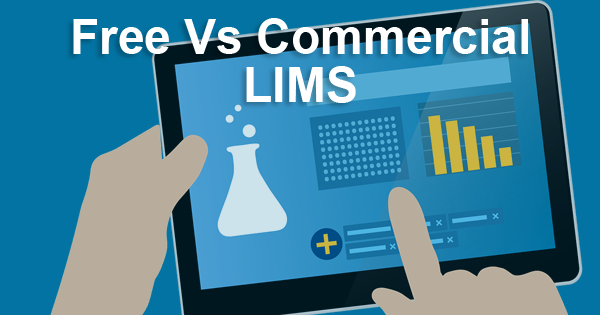One of the major challenges faced by laboratories across the world is efficient sample tracking and workflow management. With technological advancements that enable the automation of laboratory operations, implementing an automated management system such as Laboratory Information Management System (LIMS) is quickly turning into an essential requirement. A LIMS is a vital piece to the puzzle of data management and automation that challenge laboratory directors. The decision to implement a LIMS is crucial as it affects the operations of the laboratory and in turn, affects the efficiency of the setup.
What makes the choice of finalizing a LIMS for a laboratory more difficult is the large number of options now available in the market, each offering its own set of benefits. The availability of a large number of free LIMS products in the market has further increased the difficulty in choosing an appropriate LIMS.
The LIMS Conundrum: Features of a Good LIMS software:
The open source model of business depends on the collaborative efforts of the developer who writes the preliminary source code and the users who change and update the code based on their requirements. Like most open-source software, open source LIMS development often depends on the user base and their vastly varying requirements. A diverse user base often leads to a more developed open source model. However, a major point of contradiction here is the fact that not all free software is open source. Going with this trend, free LIMS might not always be open source and might be used as a business model for enterprise solutions.
Before addressing the most commonly asked question of free vs. commercial, here’s a look at the 4 most prominent features of a good LIMS software:
1. Configurability and customization that allows the user to mold the software in accordance to their needs.
2. Integrability with other third party software to aid in the overall automation of the laboratory.
3. Traceability of samples through its life cycle in the laboratory.
4. Compatibility with the regulatory requirements of the region and industry
Free System Vs Commercial System:
In today’s competitive era, every other lab is striving to produce the best results possible from a technical point of view. They need to reduce turnaround time, enhance customer satisfaction, and meet the regulatory requirements of their industry.
The main focus of a LIMS is to increase the efficiency of lab operations by reducing manual tasks. Each LIMS available in the market today may vary from each other depending on the LIMS vendor and the target industry. Some of the core lab functionalities that a LIMS typically takes care of includes:
- Sample management
• Storage management
• Lab inventory management (reagents, analytical instruments, etc.)
• Workflow management
• Work allocation
• Report and Invoice generation
• Instrument integration
Conclusion
The decision to implement a free or commercial LIMS for your organization is a critical factor that requires careful consideration of the level of operations, the intended scaling, and the manpower availability. It is extremely important to weigh the pros and cons of each system before coming to a conclusion. While a free LIMS solution does not tie you down in terms of contractual and financial obligations, there is no technical support available. On the contrary, a commercial LIMS is often provided with strong technical support, while also being scalable and pocket-friendly in the long run. Thus, the decision to implement LIMS should be taken with utmost care and after proper evaluation of all available options.


